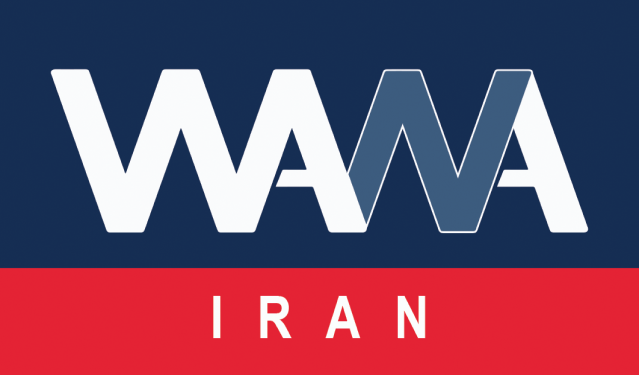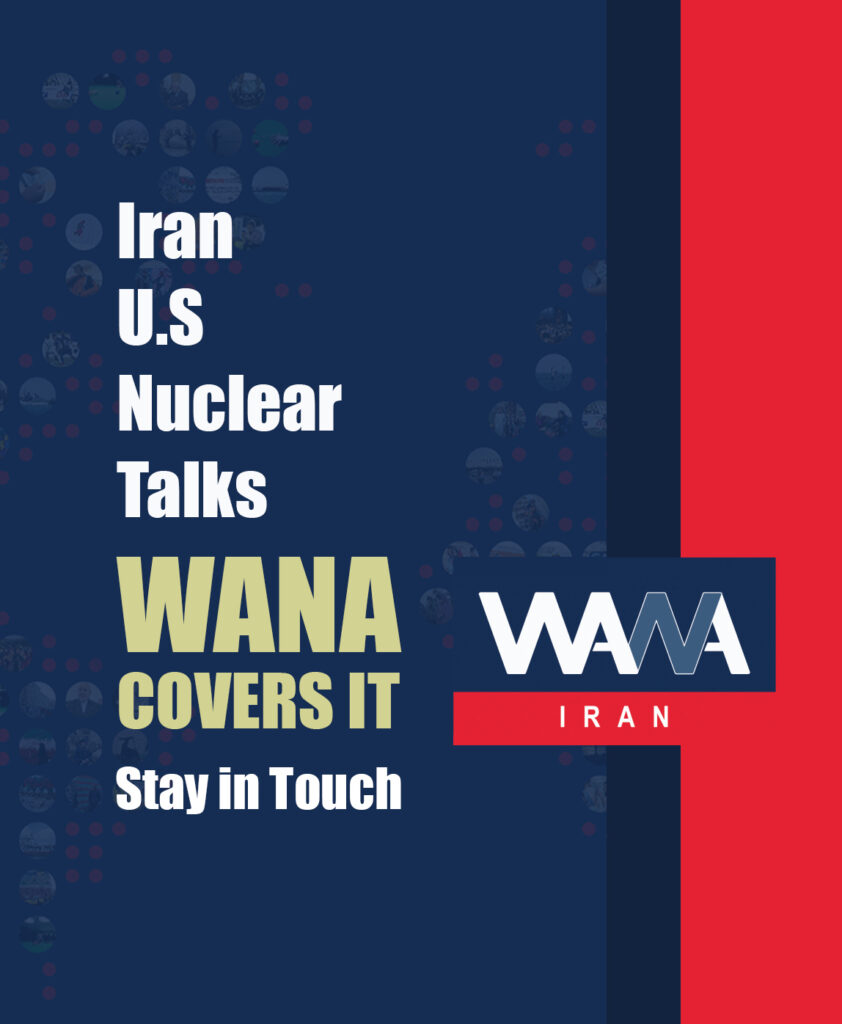New Capabilities of the “Shahid Bagheri” UAV Carrier Ship
WANA (Feb 09) – In a recent interview, Rear Admiral Alireza Tangsiri, Commander of the Islamic Revolutionary Guard Corps (IRGC) Navy, revealed that the Shahid Bahman Bagheri UAV carrier ship is capable of carrying two missile-launching task forces. He emphasized that the ship is designed to play a pivotal role in ensuring the security of international waterways.
Building a Strategic Naval Presence
Admiral Tangsiri explained that one of the key mandates given by the Supreme Leader of Iran is the development of a mobile and fluid navy capable of securing Iran’s maritime interests in line with Islamic revolutionary values. He stressed the importance of maintaining a permanent presence in oceans to secure global trade routes and facilitate the movement of goods, which requires large vessels capable of operating continuously at sea.
The Multipurpose Shahid Bahman Bagheri UAV Carrier
The Shahid Bahman Bagheri UAV carrier ship, as explained by Admiral Tangsiri, is designed for such a mission. The ship can launch various UAVs, including attack, reconnaissance, and surveillance drones, and has the capacity to carry multiple helicopters of varying sizes. The ship can accommodate up to four large UAVs, one in the aft section and up to five small UAVs, along with two medium-sized UAVs on its flight deck.
Advanced UAVs and Radar-Evasive Capabilities
In addition, the IRGC has developed radar-evading UAVs, including reconnaissance drones with stealth features, which are now produced by the Ministry of Defense and Armed Forces Logistics. These UAVs contribute to enhancing the ship’s operational flexibility.
Aircraft and Missile Launch Capabilities
The Shahid Bahman Bagheri can carry a total of eight aircraft, including five smaller helicopters and four large ones. Its design includes dual-level hangars for optimal storage. The ship is unique in its ability to host two separate missile-launching task forces, capable of launching missiles from multiple angles simultaneously.
Admiral Tangsiri further explained that this UAV carrier is also equipped with advanced missile systems, capable of launching long-range missiles exceeding 1,000 kilometers. Additionally, it can create air defense coverage using its own missile systems, ensuring the protection of the ship.
Strategic and Operational Flexibility
This ship is not just a carrier for UAVs and helicopters but also acts as a mobile base for various maritime operations. It can conduct anti-submarine warfare, mine-laying operations, and launch surface-to-surface missile attacks. The ship’s versatile mission profile is complemented by its ability to operate in any weather conditions, remaining at sea for extended periods without the need for refueling.
A Self-Sufficient Maritime Base
The ship’s capabilities extend beyond its operational reach. It is equipped with independent fuel supplies, allowing it to operate without resupply for up to one year. This autonomy is supported by separate fueling stations for helicopters, UAVs, and accompanying vessels, as well as refrigeration and storage systems designed to sustain the crew for a year without resupply.
Defense and Strategic Posture
The Shahid Bahman Bagheri also boasts advanced electronic warfare systems designed to defend against external threats. These systems, along with its intelligence-gathering and missile systems, make the ship a highly sophisticated asset in Iran’s defense strategy.
A Message of Peace and Regional Stability
In the broader context of regional security, Admiral Tangsiri reiterated Iran’s commitment to peace, friendship, and collaboration with its neighboring Islamic countries. He highlighted that Iran has no territorial ambitions and aims to maintain the security of the Persian Gulf and safeguard the free flow of oil.
Responding to recent statements by U.S. President Donald Trump about cutting off Iran’s oil exports, Admiral Tangsiri expressed confidence in Iran’s ability to withstand such pressures. He emphasized that Iran’s military strength, including its ability to close the Strait of Hormuz if necessary, ensures its readiness to defend its rights and regional interests.
Defending the Oppressed and Promoting Justice
Admiral Tangsiri concluded by reaffirming Iran’s commitment to supporting oppressed nations and preventing injustice. He stressed that Iran’s defense policy is rooted in the protection of Islamic values and the defense of both Sunni and Shia communities. The message from the IRGC Navy, he noted, remains one of unity and collaboration among Muslim nations for the greater good of regional stability.












